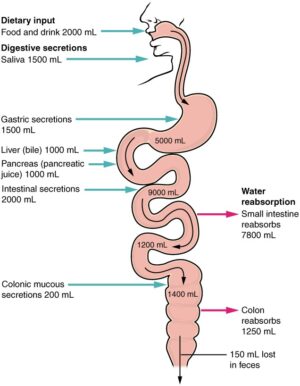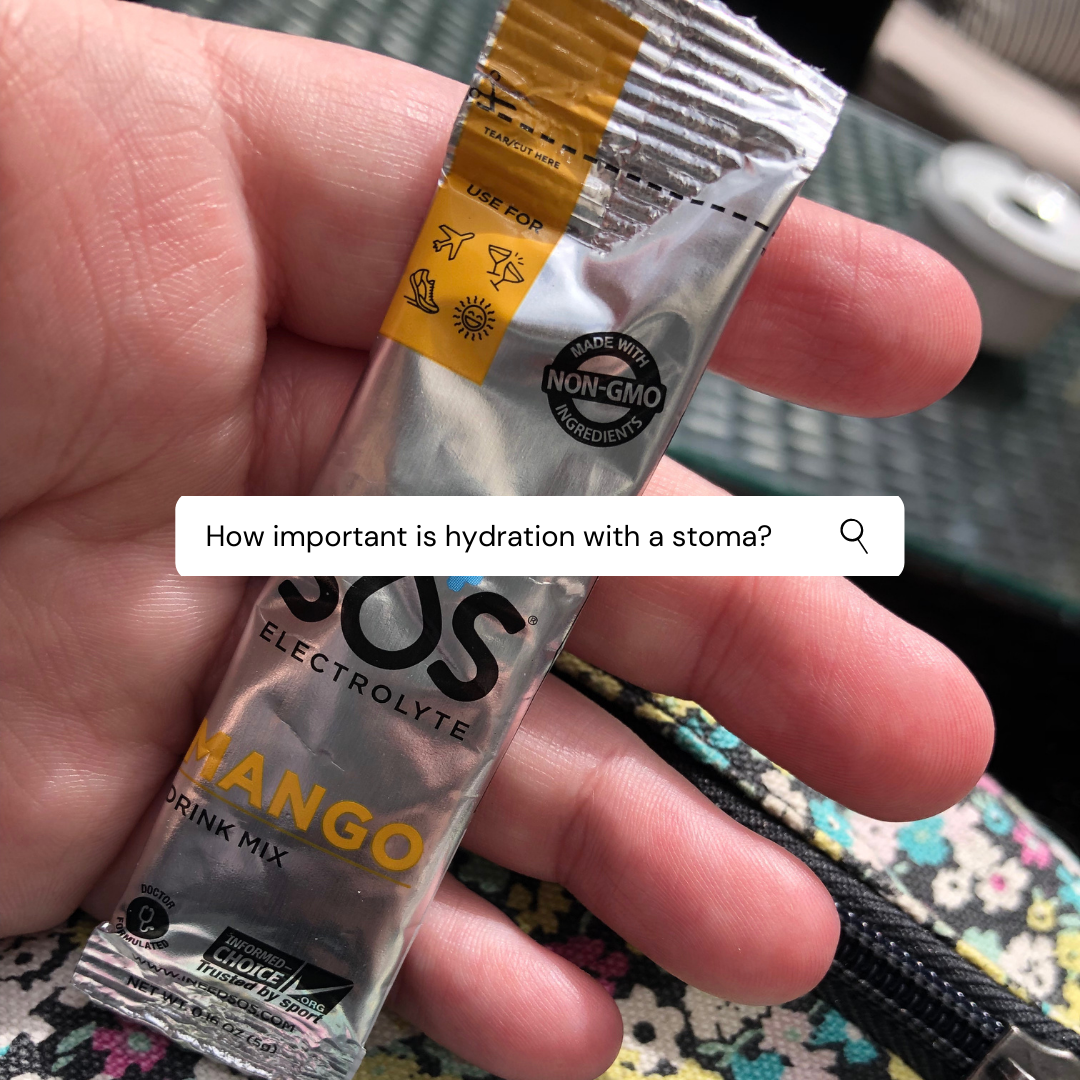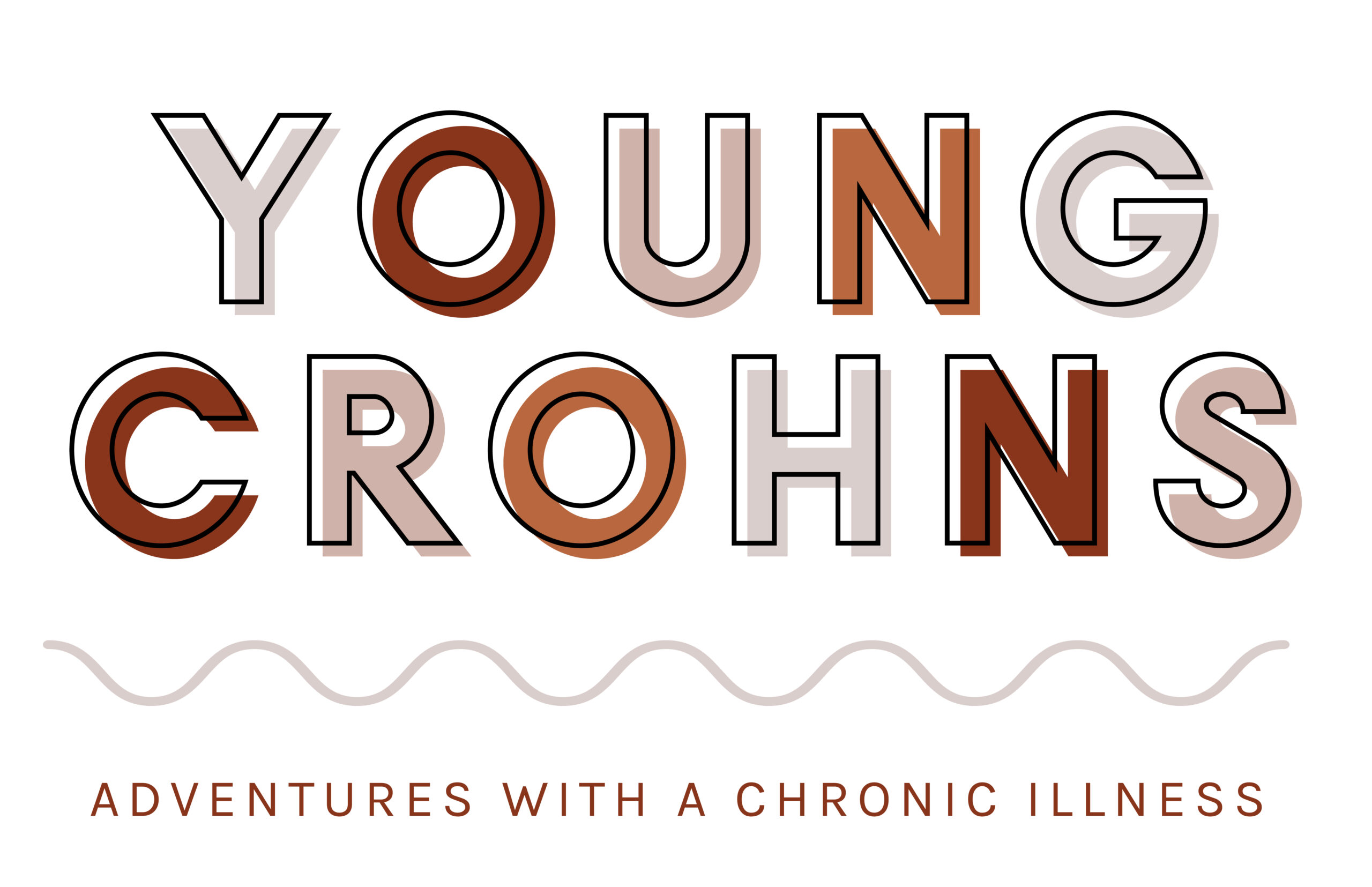
“How important is hydration with a stoma?”
Summer can be a challenging time for ostomates.
The hot weather can cause some issues if you’re not aware of them.
Without parts of the bowel to absorb alot of water, ostomates – particularly those with an ileostomy – can be more susceptible to dehydration if they over hydrate with the wrong fluids or go too long without fluids. It’s a balancing act and no one gets it perfect, trust me.
So why is the correct hydration so important within ostomy care?
Hydration in a health person
As I mentioned previously, the intestine absorbs alot of the water we take in from food and drink. The small intestine will have absorbed about 90% of the ingested water. The large intestine absorbs most of the remaining water, which is then made into a semi-solid form which we know as poop. So in a person who has no illness and has not undergone any bowel surgery, they do not an issue with getting the fluid balance required for living, by eating and drinking.
Below is a great diagram to help show you just how much water is absorbed from what we intake plus the secretions our body produces during the digestive process.

Anatomy changes
Stomas are created by removing diseased or injured bowel. Typically this is small bowel but can be the colon or aspects of both. So, looking at the diagram above – some, all or parts – of the bowel are removed, leaving reabsorption of fluids negated to leave the body through the stoma. You can see by the volume – 7800ml – is a large volume to lose through body waste, let alone through sweating and talking.
Dehydration with a stoma
What exactly are the signs of dehydration when you have a stoma?
They are very similar to that of someone who has not undergone bowel surgery, but they occur quicker, due to the fast nature of dispelling fluid through the stoma. Sometimes, this can be called ‘flushing’.
In dehydration, the main signs to look out for are:
- dry mouth
- headache
- tiredness
- low urine output (very little which is very dark)
- diarrhoea or increased stoma output
- lightheadedness
- muscle and stomach cramps
- dry skin
- lack of concentration
For many ostomates, this comes on quickly. Electrolyte imbalance (most commonly, low sodium and potassium) is usually the first sign but the symptoms are subtle – leg cramps, decreased appetite, drowsiness and tingling in the fingers.
How to correctly hydrate with a stoma
It is recommended that:
- you can use isotonic drinks which are higher in salt and sugar. They encourage fluid to be absorbed into the gut, rather than passing straight through into your bag.
- you can use Dioralyte (available in supermarkets, chemists and online, and is not just for when you are sick, it can be taken daily as part of your routine) or Lucozade Sport.
- Or you can make your own rehydration drink by using – Glucose (6 flat teaspoons), Salt (1 flat teaspoon), Sodium Bicarbonate (1/2 teaspoon) mixed into one litre of tap water. You can then flavour this with fruit juice. It needs to be consumed over 24 hours, not in large qualities so it can be absorbed efficiently.
- Beyond 24 hours, you can take loperamide or Immodium to help your body hold on to fluids. I would recommend, at this point, to speak to a medical professional – either your GP or stoma nurse – to ensure you are doing what is best for your own particular situation.
Additional tips:
- Always carry a water bottle with you and make sure you refill it whenever it is empty.
- Sip, don’t chug! Chugging fluid will make fluid go through your system too fast to hydrate properly.
- Eat before drinking. This helps absorb fluids.
- Mix up what you’re drinking. You’re more likely to drink things you aren’t bored of and enjoy.
- Infuse water with fruits.
- Drink smoothies for an added nutritional bonus.
- Also, if you only drink water you may need to add fluids with more electrolytes.
- Ask your doctor about taking Imodium or Metamucil to slow transit time and optimize water absorption
- Eat foods that have high water content, this makes absorption more efficient – watermelon, tomatoes, apples, cucumbers, jelly, yoghurt and smoothies (but please be careful with foods which you know you already had issues with!)
- Also, you can eat foods that are not high in water content, but still assist in absorption and slowing down transit time such as potatoes, bananas, bread, crackers and pretzels.
- There are other rehydration solutions on the market – NOT AFFILIATED but examples are Drip Drop, Science in Sport (SiS) Hydration, SOS Rehydrate and HIGH5.

Until next time,

Do you have any questions or queries? Or just want to share your own experiences? You can leave me a reply here or leave comments via my social media accounts – on Twitter, find my blog page on Facebook and over on Instagram
If you enjoyed this post check out A Guide to Summer with an Ostomy and Ostomy Uncovered: How to Empty a Stoma Bag
References / Further Reading:
ConvaTec – Why hydration matters (so much) when you have an ileostomy – Sarah Russell
ConvaTec Me+ – The Importance of staying hydrated when you have a stoma
Sheild Healthcare – Hydration with an Ostomy – Laura Cox
Oxford University Hospital – Dietary Requirements for people with an ileostomy




1 Comments
Year Five: Stoma Life •
09/10/2021 at 12:59
[…] “How important is hydration with a stoma?” – 23.06.21 […]